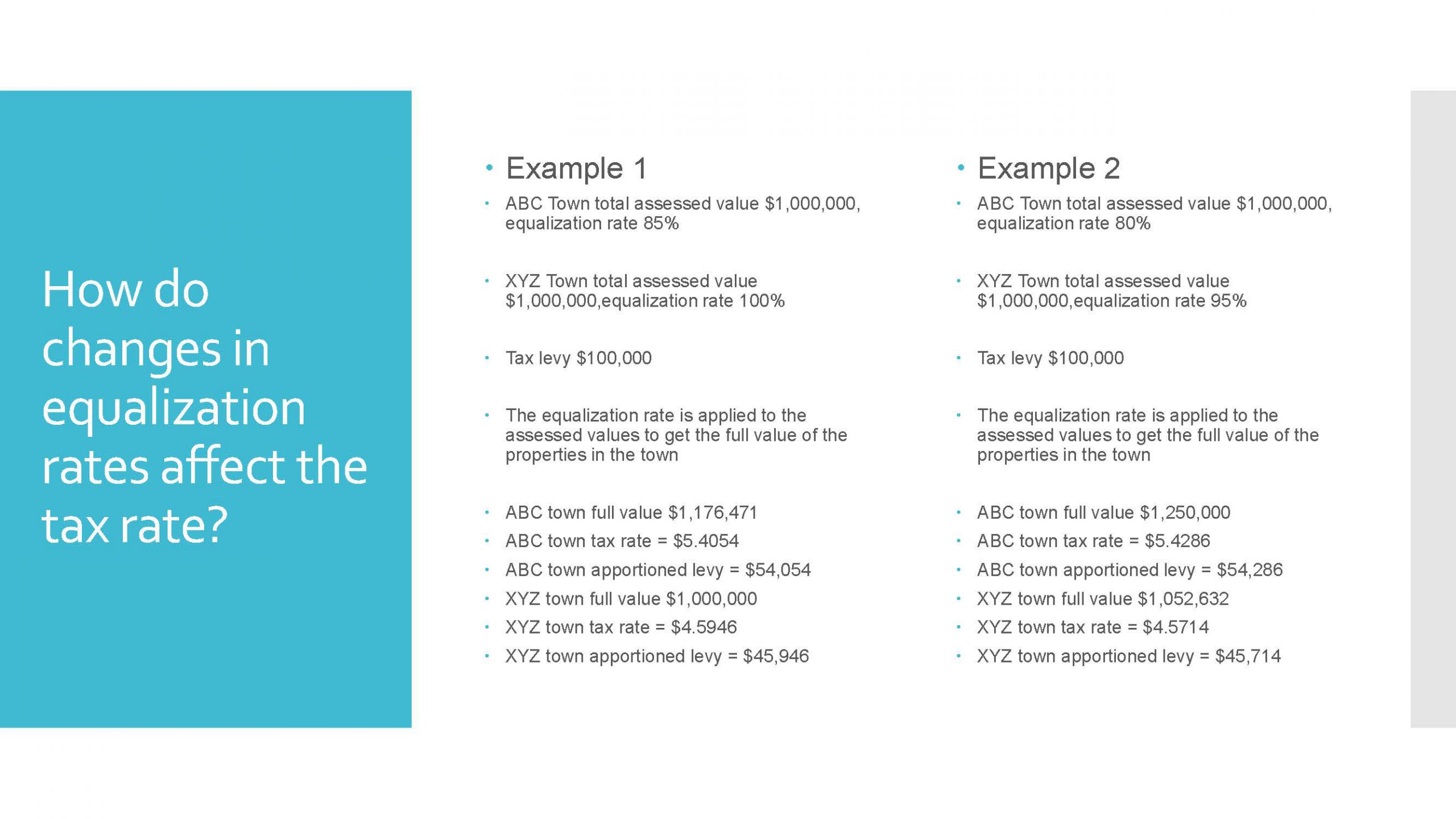Despite the district’s zero percent tax levy increase, some residents may still see an increase on their tax bills due to factors outside of the district’s control, including a decrease in STAR exemption, changes in equalization rates, and property assessment changes.
Here’s why:
Taxable assessed value increased in all towns, except Mamakating. This happens with new building or upgrades to current buildings. The NYS Department of Equalization and Assessment determines how close to full market value properties within a township are assessed at and assigns an equalization rate. This is to ensure that the tax burden is divided fairly amongst property owners. The levy, or the collective amount that taxpayers are responsible for, remains the same. Individual property owners, however, may see changes to their tax bill because of changes to equalization rates and property assessments.
Bethel, Forestburgh and Thompson’s apportioned tax levy decreased this year, while Fallsburg and Mamakating’s increased. In other words, a smaller percentage of the tax levy is being raised by property taxes in those towns, while a larger percentage of the tax levy is being raised by property taxes in Fallsburg and Mamakating.
Equalization rates decreased in each town, ranging from an 8-percentage point decrease in Fallsburg to a 13.5% decrease in Mamakating. An equalization rate is New York state’s measure of a municipality’s level of assessment. It is calculated by dividing the total assessed value of a municipality (which is set by that municipality) by the municipality’s total market value (which is set by the state). The purpose of the equalization rate is to ensure parity among multiple municipalities in a district.

To calculate an individual property owner’s tax bill, the taxable assessed value is multiplied by the tax rate, and the amount of the STAR exemption is removed. That figure is what appears on a tax bill. In each municipality, the tax rate had nominal changes, except Mamakating. In Mamakating, the tax rate increased by $2 per $1,000 in assessed value.
The combination of these changes – new assessment values, adjusted levy apportions, and fluctuations in tax and equalization rates – could lead to an increase or decrease in the number you see on your tax bill. While the number on an individual’s tax bill may change, the amount of revenue collected by the district as a whole has remained the same. The district’s tax levy remains at a zero percent increase.
For more information about taxes, please visit our tax webpage
